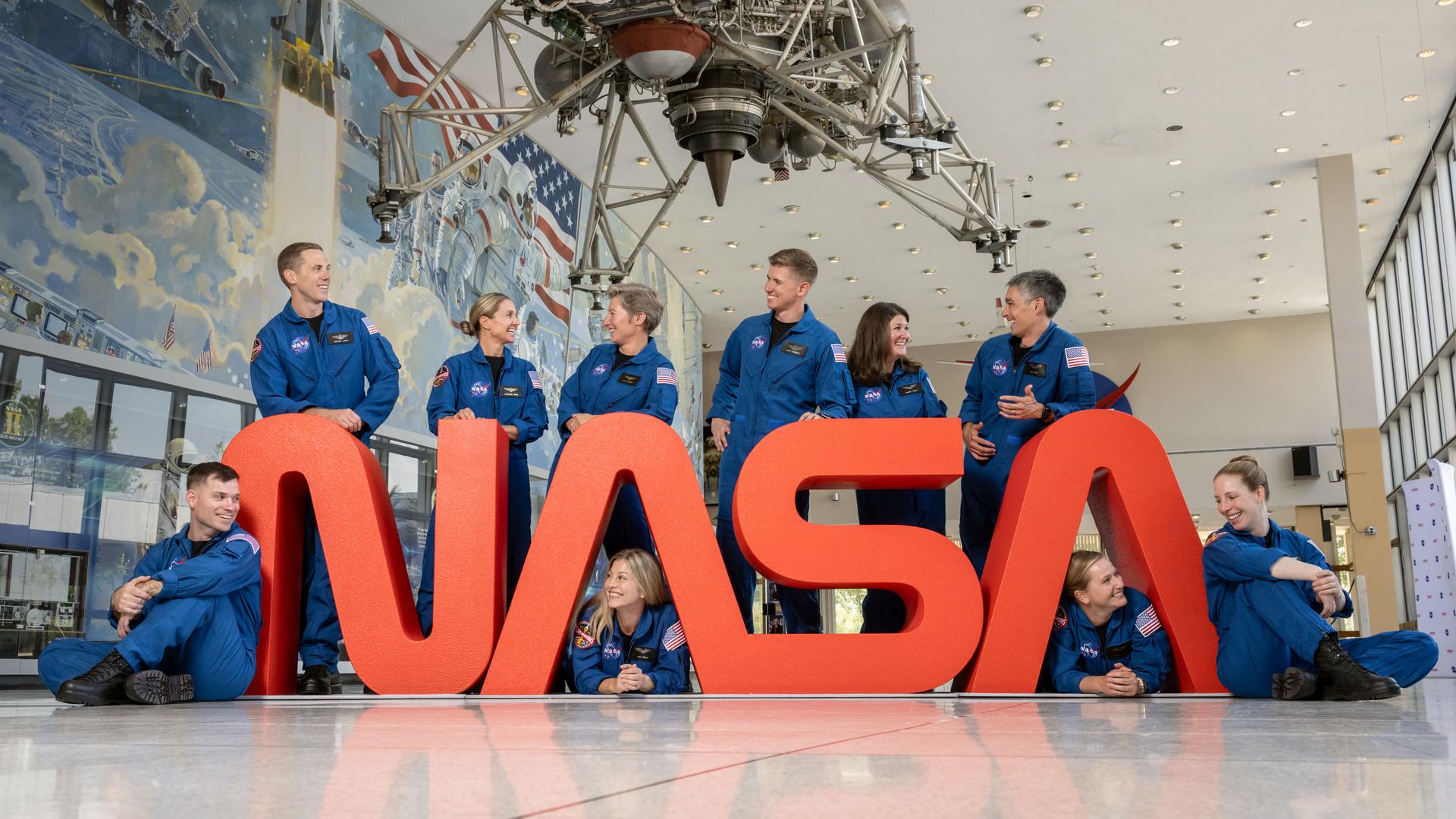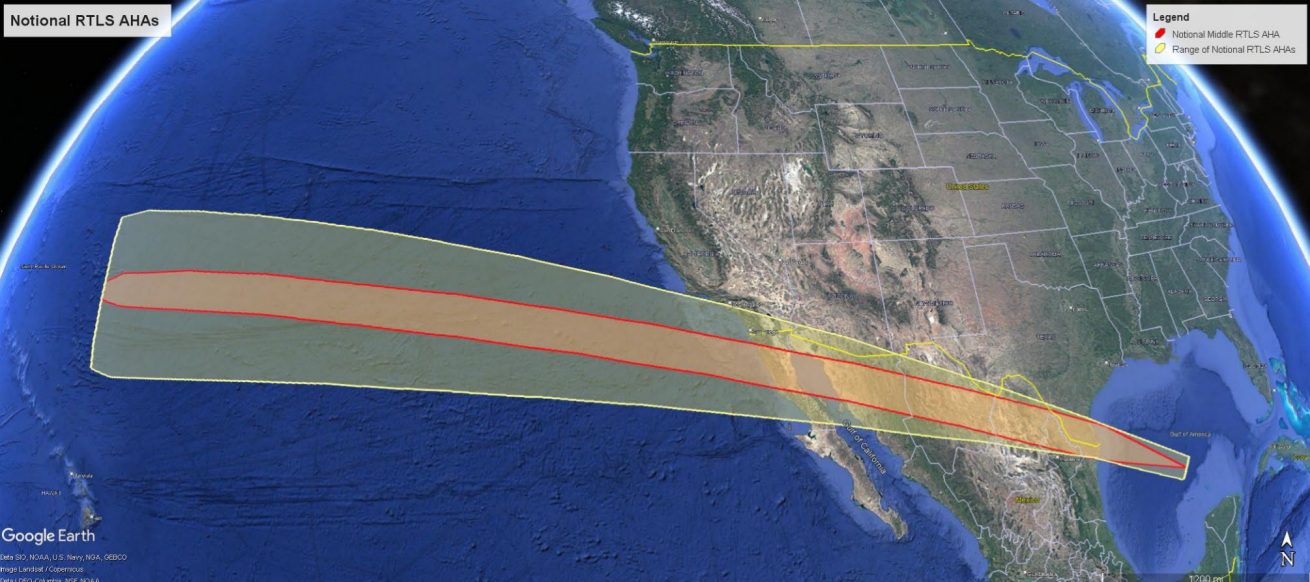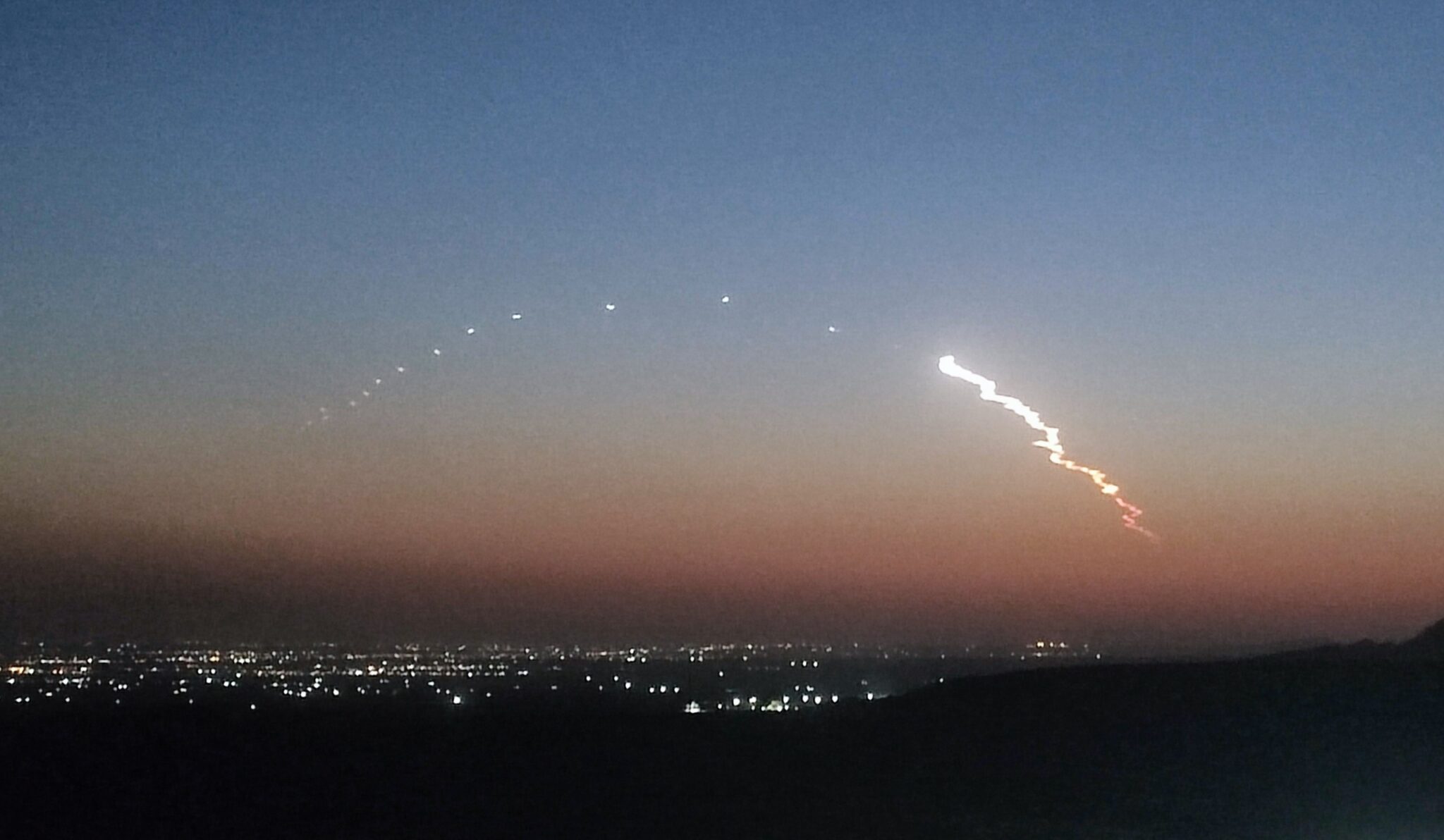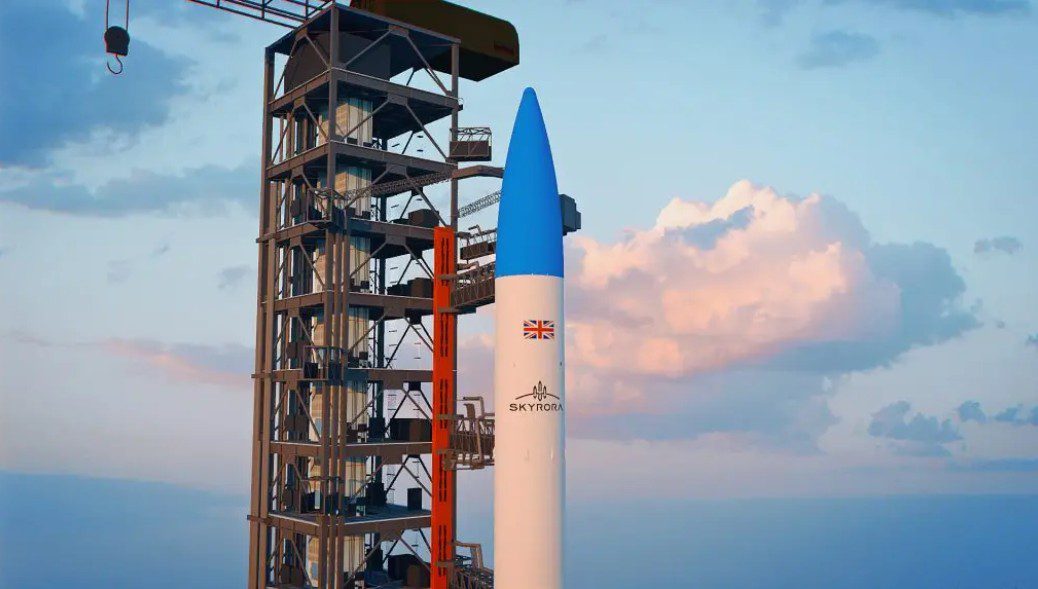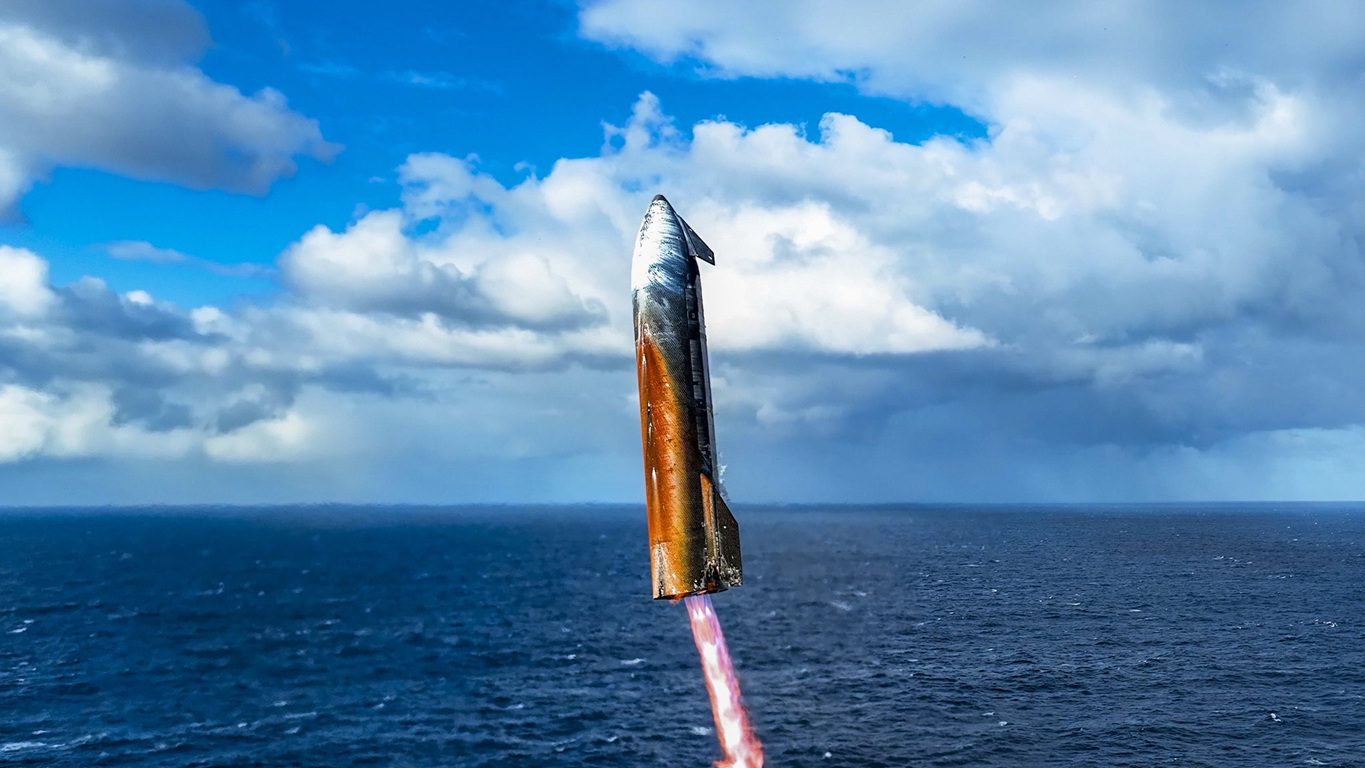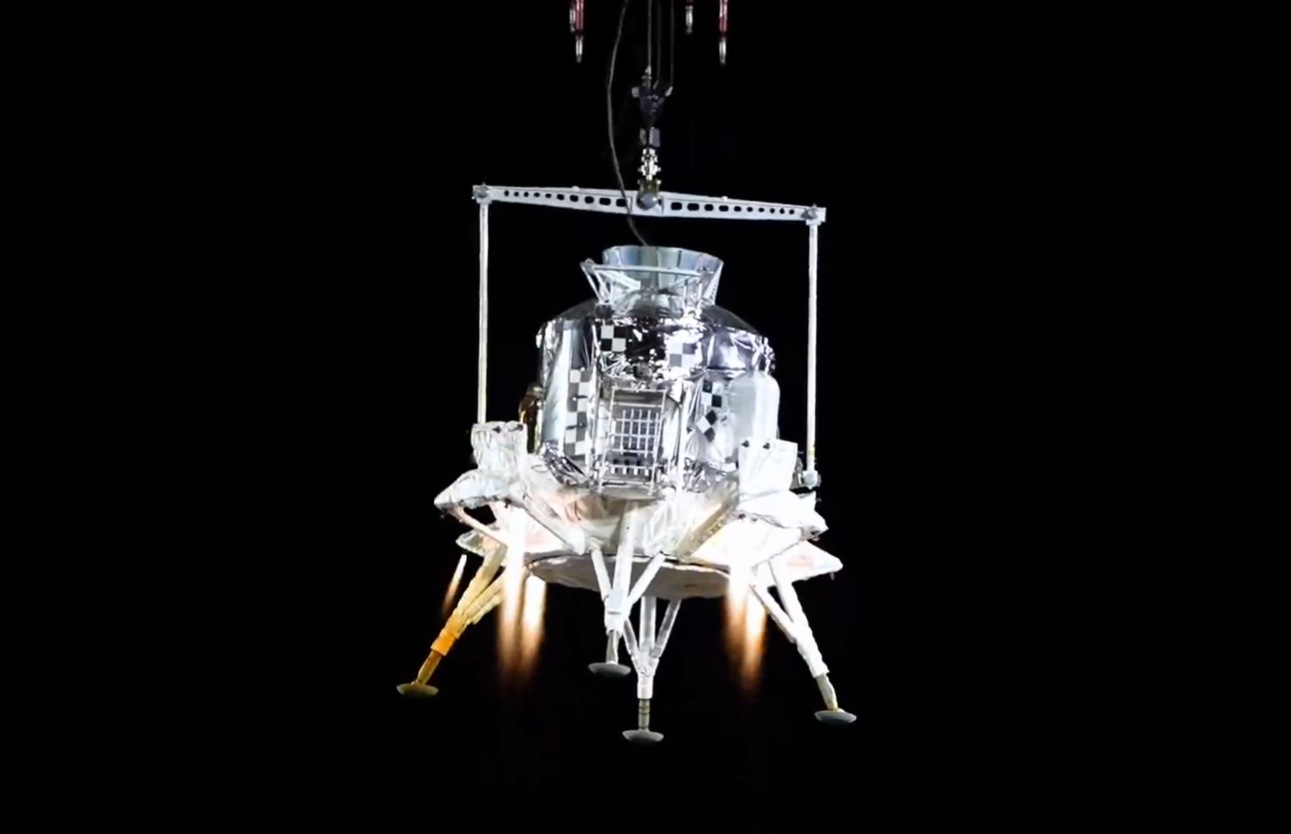According to NASA, its Voyager 1 spacecraft has officially become the first human-made object to venture into interstellar space. The 36-year-old probe is about 12 billion miles (19 billion kilometers) from our sun. As the result of a coronal mass ejection from the Sun which produced a massive burst of solar wind and magnetic fields in March 2012 and arrived at Voyager 1 in April 2013, the plasma around the spacecraft began to vibrate like a violin string which was detected by the spacecraft plasma wave instrument. The pitch of the oscillations helped scientists determine the density of the plasma.
Finding that the plasma more than 40 times denser than what they had encountered in the outer layer of the heliosphere, the scientists concluded after examining post observations of plasma densities, that the spacecrft entered interstellar space on 25 August 2012 when abrupt, durable changes in the density of energetic particles that were first detected as the craft crossed the heliopause – the limit where the solar wind stops acting.
Voyager 1 and its twin, Voyager 2, were launched 16 days apart in 1977 on expeditions to image and study Jupiter and Saturn. Voyager 2 also flew by Uranus and Neptune. Voyager 2, launched before Voyager 1, is the longest continuously operated spacecraft. It is about 9.5 billion miles (15 billion kilometers) away from our sun.

